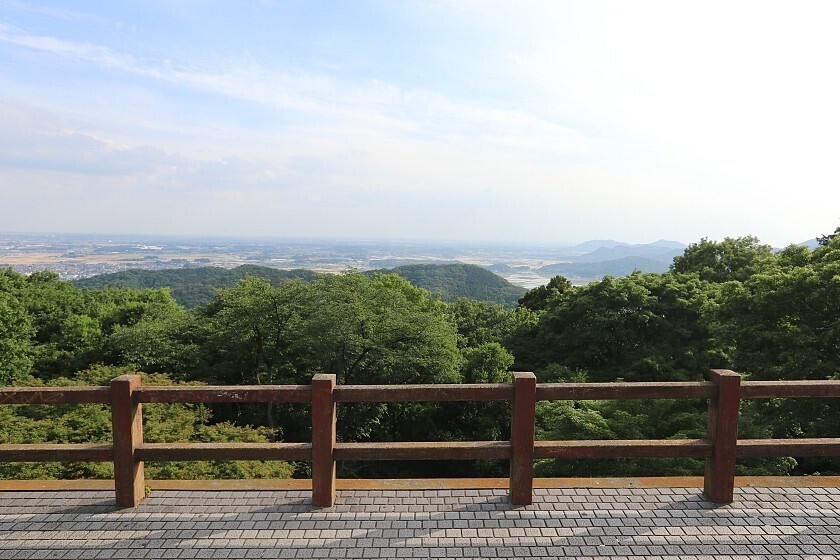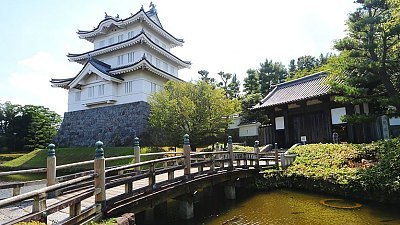A Stroll Through Tochigi City
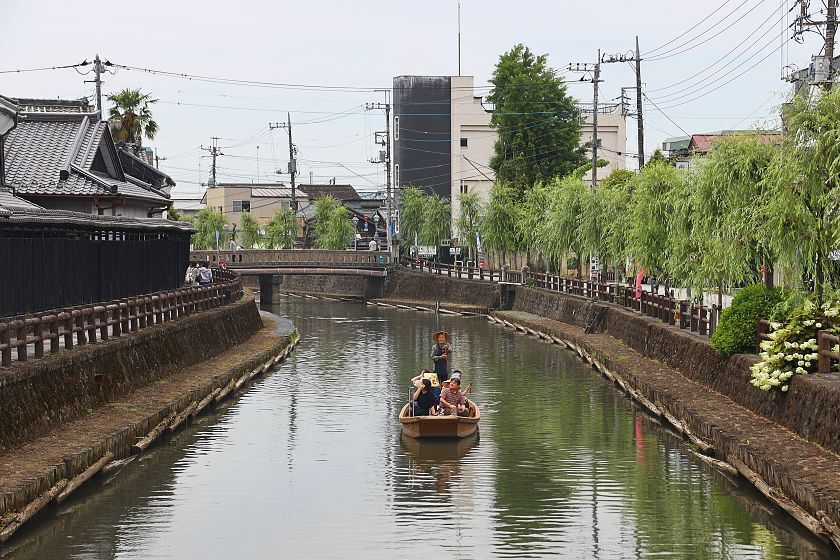
Sandwiched between Gunma and Ibaraki in the northernmost part of Japan's Kanto Region, Tochigi is a large and geographically diverse prefecture despite being one of just a handful lacking a coast of its own.
While undoubtedly best known for the many spectacular temples and shrines in the Nikko area, Tochigi Prefecture has a great deal more to offer - especially for visitors like me with a passion for delving into local history. On a recent trip to the area I spent a hugely satisfying day exploring the prefecture's namesake city of Tochigi, a quiet little town whose quaint old buildings and pleasant scenery - not to mention ease of access by train from Tokyo - make it ideal for a quick getaway from the big city.
Setting off early from Asakusa, my day begins with a ride on the Tobu Limited Express directly to Tochigi Station taking just under 70 minutes. For travelers starting closer to Tokyo Station, an alternative would be to take a Tokaido Shinkansen to Oyama and change there to the Ryomo Line.
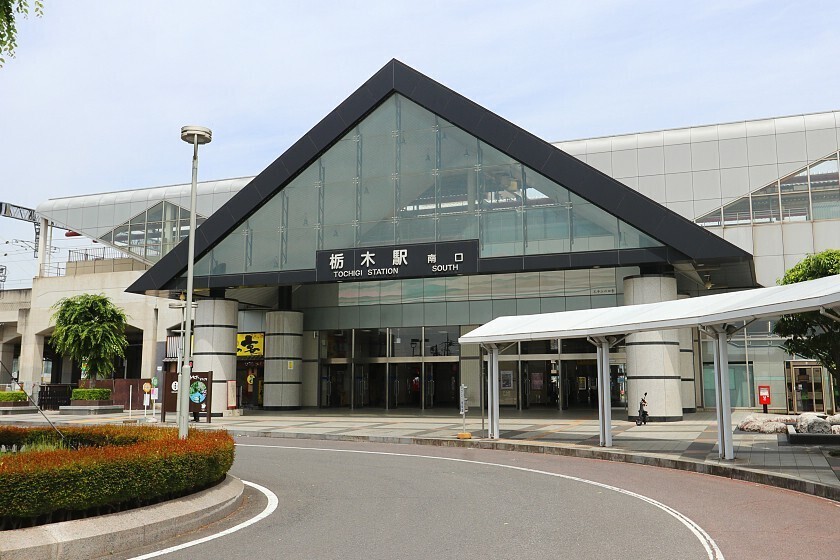
Stepping out of the north exit and into the early summer heat, I continue in the same direction for a few hundred meters, passing rows of neat country houses to the start of the Kuranomachi Promenade - an attractive pathway following the Tomoeha River, where a row of beautifully restored kura or warehouse buildings line the opposite bank.
The history of the town and this river, once called the Uzuma, have been entwined since the early Edo Period (1603-1868), when a settlement first began to develop around a busy crossing point. Following the death of Shogun Tokugawa Ieyasu in 1616, the budding town took on a new significance as precious materials and skilled craftsmen passed through on their way to the spectacular mausoleum being constructed at Nikko - today Nikko Toshogu.
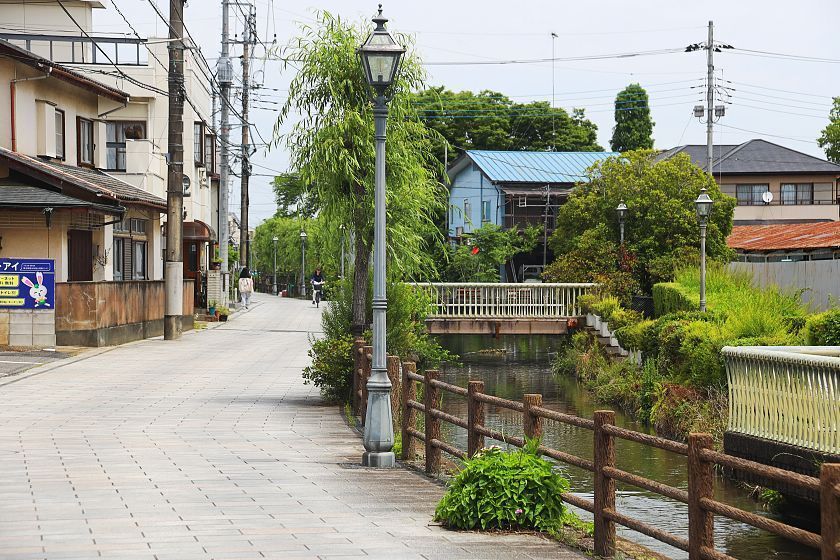
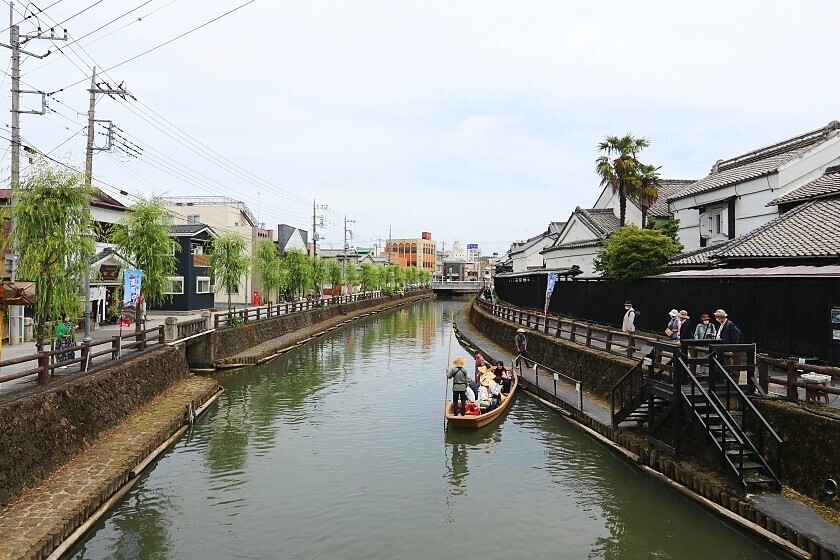
With the country at peace, a burgeoning class of merchants and skilled workers had taken root in the capital - then known as Edo. Some of these 'Edokko' found their way north to tap into the flow of goods between the Kanto and Tohoku regions, and it was in their image that the town would continue to take shape.
A few hundred meters further along the promenade, I soon arrive at my first stop of the day, the Yokoyama Kyodokan. First built at the end of the Edo Period, this elegant townhouse served as residence and base of operations for a prosperous family of hemp wholesalers. Work on the current half-timber structure began in 1898 and was completed the following year with the addition - in a further sign of the changing times - of a small banking office.
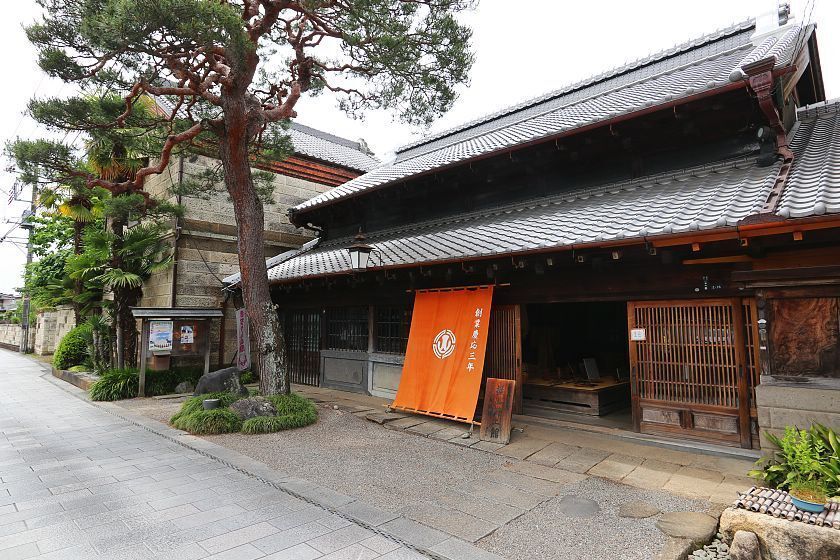
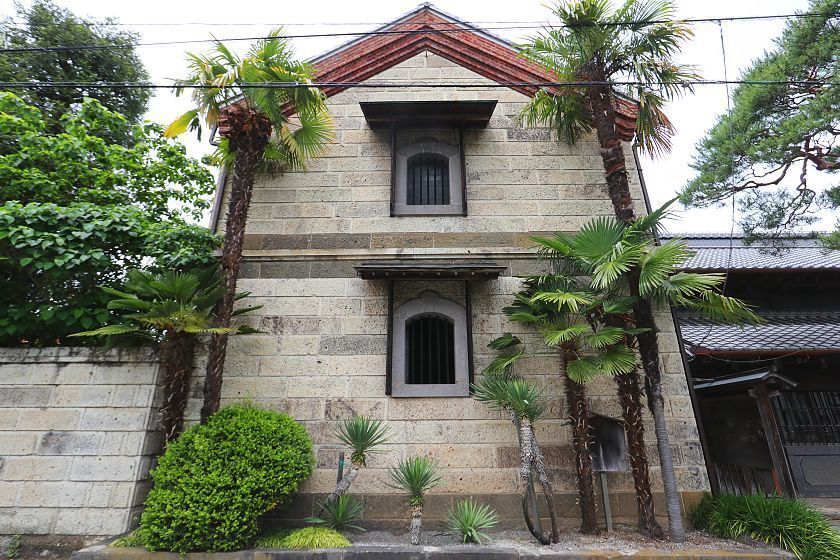
Today, the building serves as a museum of sorts, with a nice mix of artworks and historic everyday items on display. After a friendly chat with the lady on reception - foreign visitors are, it seems something of a novelty - I set off along a preset route leading first to an upstairs gallery, then past beautifully maintained tatami rooms into the south wing and the old banking office itself, looking much as it probably did over a century ago with a trove of period documents and equipment.
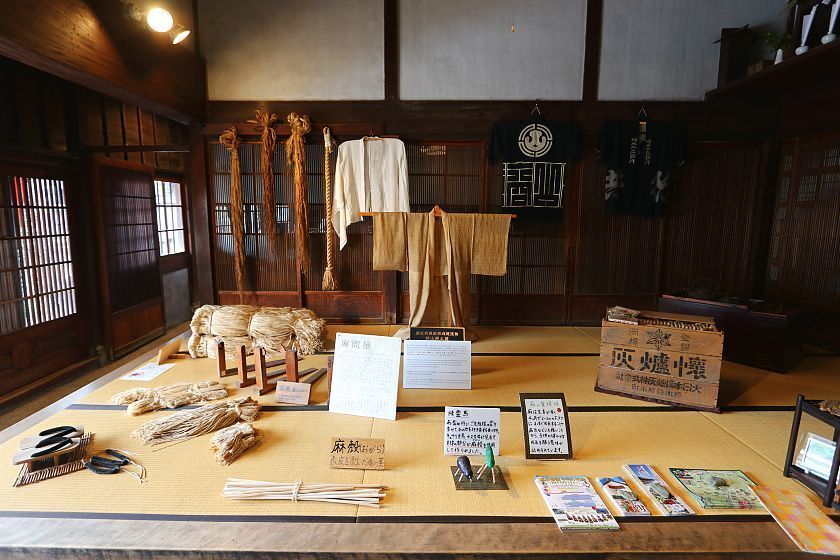
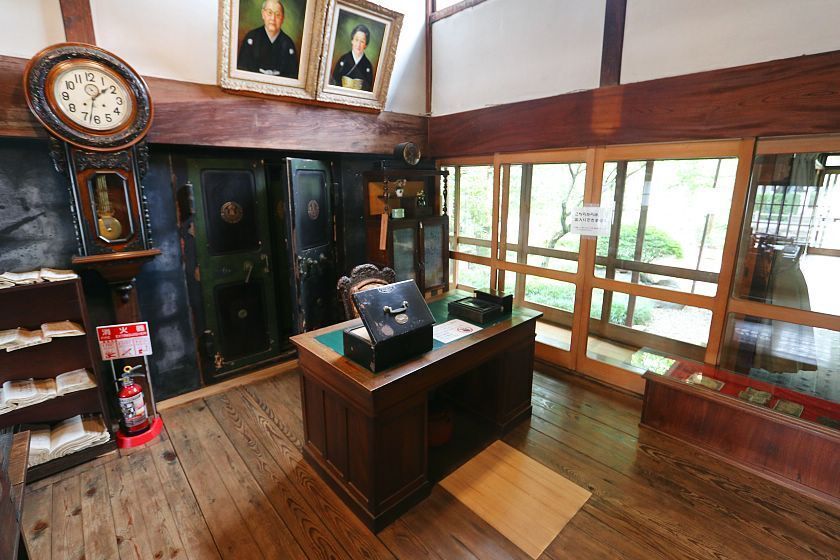
From here I wind my way back and behind the property to a beautifully landscaped little garden with azaleas and a large sculpted pine, said to be the most beautiful of its kind in all of Tochigi Prefecture. Tucked away toward the rear is a charming half-timbered summer house, built in 1918 and typical of the romantic or Taisho Roman style popular at the time. During Japan's Taisho Era (1912-1926), a growing sense of national self-confidence combined with a fascination with foreign art and fashion to produce colorful, jaunty designs like this one.
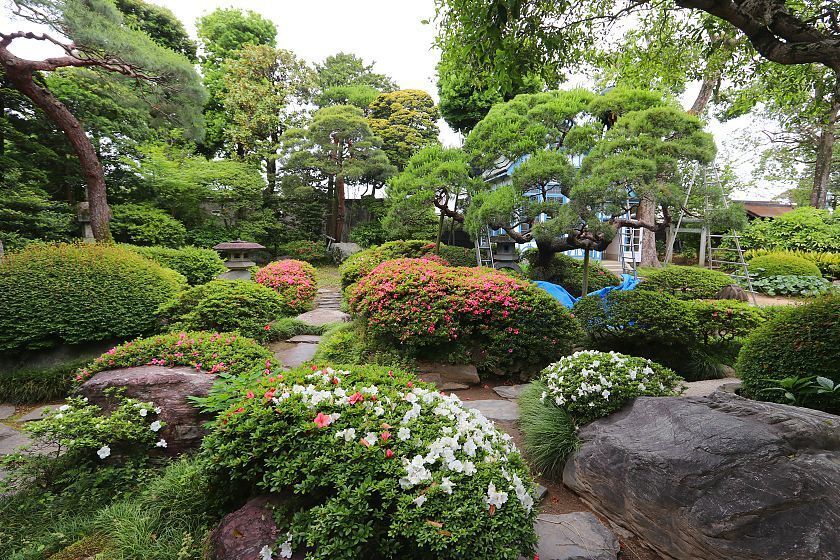
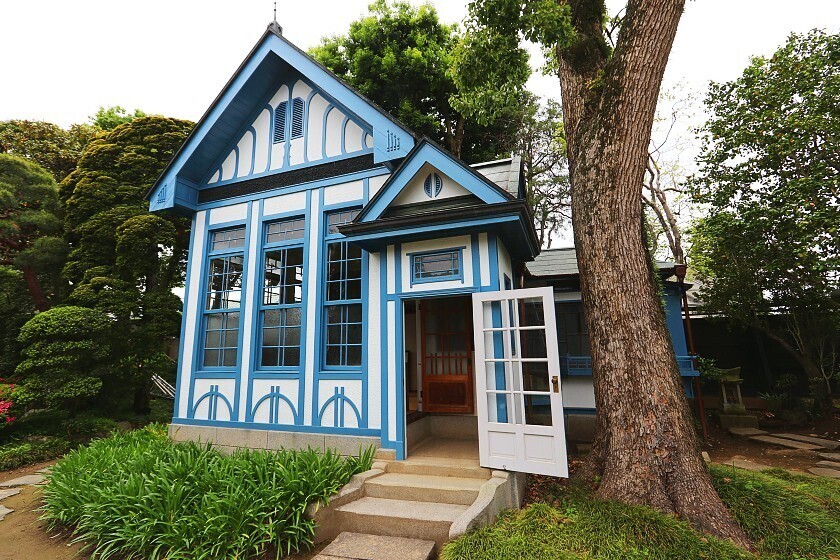
Leaving the museum behind, I cross over to the opposite side of the river where I soon spot the Dashi Kaikan, or Float Museum - a bulky concrete building housing some of the sacred images displayed in the city's biennial festival.
Taking place over three days every other November, the festival is a spectacular event and the high point of the city's social calendar, when the floats - each bearing its own beautifully carved statue of a Shinto deity or figure from local legend - are paraded through the streets to the pounding of taiko drums.
Although light on English explanation, the museum keeps a rotating selection of three floats on display, while the rest are stored and carefully maintained for the next big day. Visitors can also see the colorful masks, outfits and instruments used in the celebration, many of which date to the Meiji Period (1868-1912) and beyond.
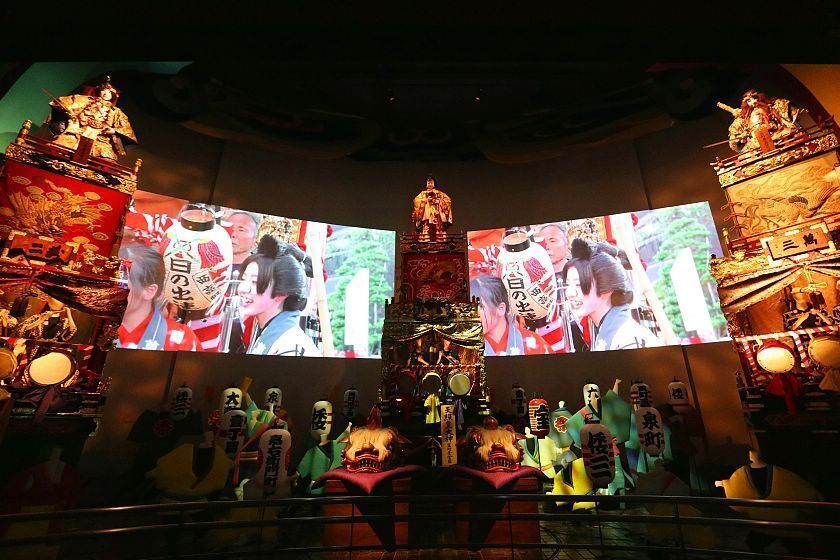
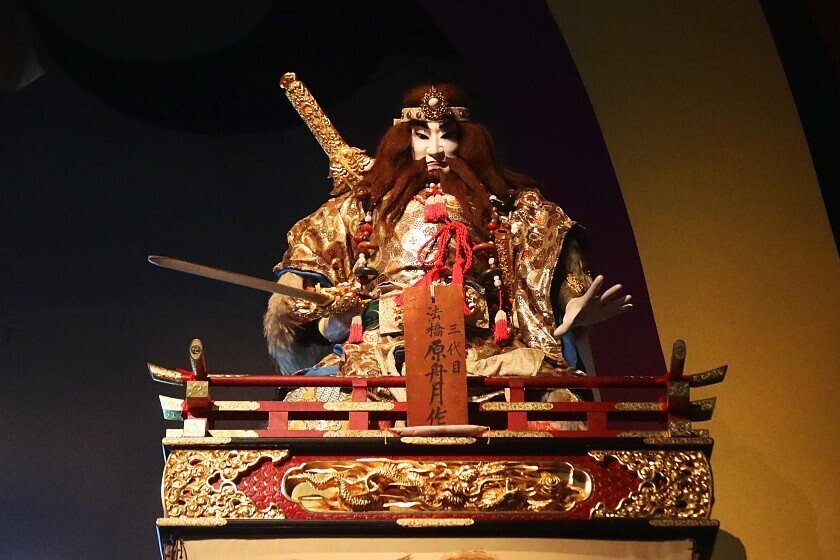
My next stop is the Kuranomachi Citizen's Gallery, located just a few steps from the museum in three converted storehouses, first built over 170 years ago. With just a few minutes to spare, I make my way quickly through a series of cypress-scented display rooms and an exhibition of woodcuts by the late artist Suzuki Kenji depicting the lives of early 20th century townspeople.
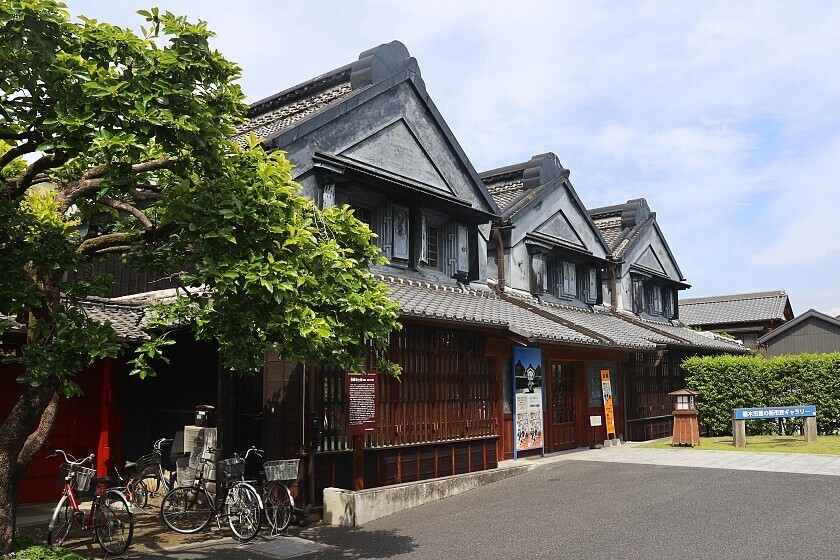
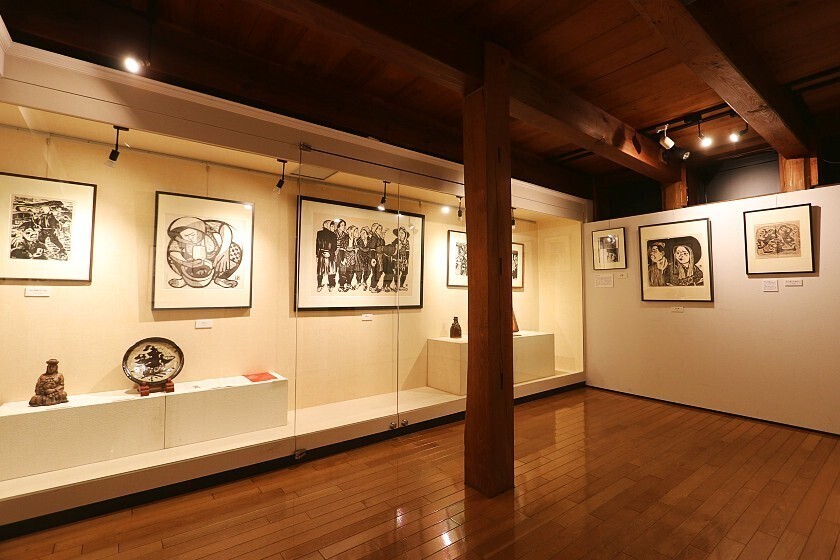
Leaving the gallery behind, I recross the river and turn north for a pleasant 15-minute stroll along an attractive street with more neat little homes and small businesses. My next stop is a neighborhood called Kauemoncho - once known for its lavish townhouses, and today a focal point for efforts to revive the city's flagging economy through tourism.
Like many small, rural towns, Tochigi faces an uncertain future due to its aging population and a generational shift away from locally based businesses. Thankfully however, the local community has rallied behind a project called 'Uzumagawa: renaissance of Kura Street', working to restore some of its existing buildings and even create new ones in an authentically traditional style. Looking around, I soon find a nice cafe, a stylish outdoor store and a new tourist information center, all in lovely timber structures with the rich smell of fresh cut wood.
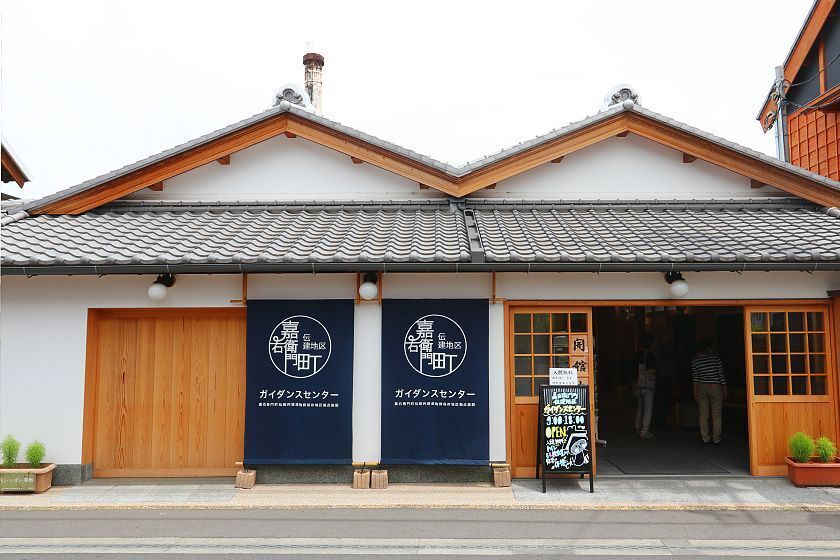
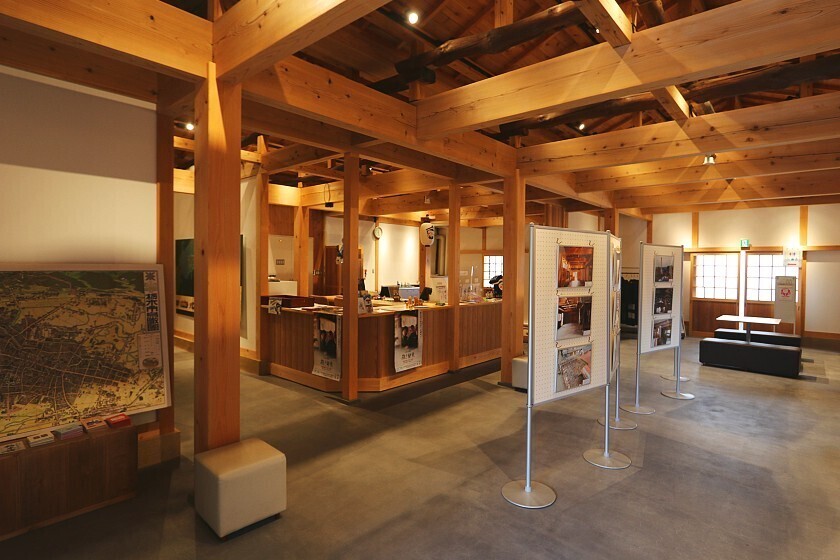
While retracing my steps south towards the Kuranomachi Promenade, I take a short detour to the Tochigi High School, whose campus still contains a number of celebrated historical buildings. With no one in sight, I feel suddenly shy about passing within the main gate, but am at least able to catch a good glimpse of the Memorial Hall - another nice example of Taisho Period romantic architecture dating to 1915.
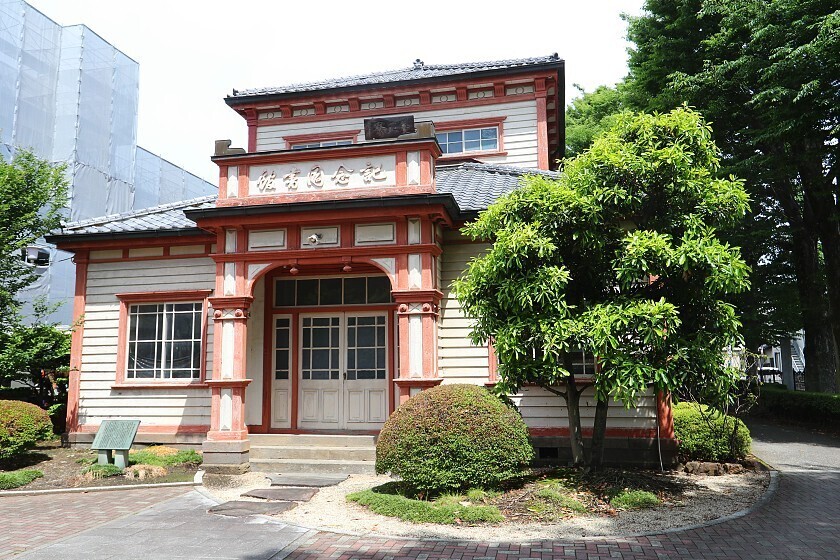
Winding my way south along a little street, I soon arrive at one of my favorite spots of the day. Set in a simple plaza of tiled stone and manicured grass, the Tochigi City Art Museum evokes the form of traditional storehouses with a graceful, modern design.
Next to it is the former city hall, perhaps the most striking of the area's old timber structures painted in bold mint green. Originally built in 1921, the building is a registered tangible cultural property and today serves as a museum of local literature.
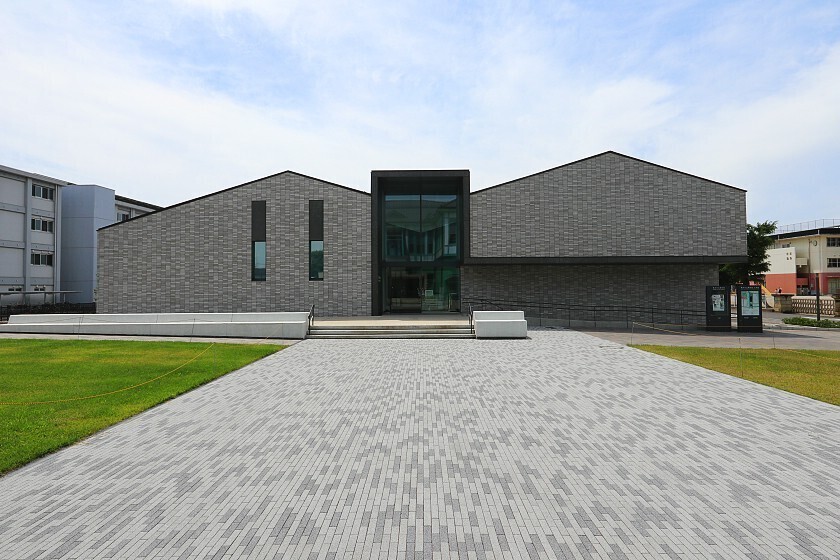
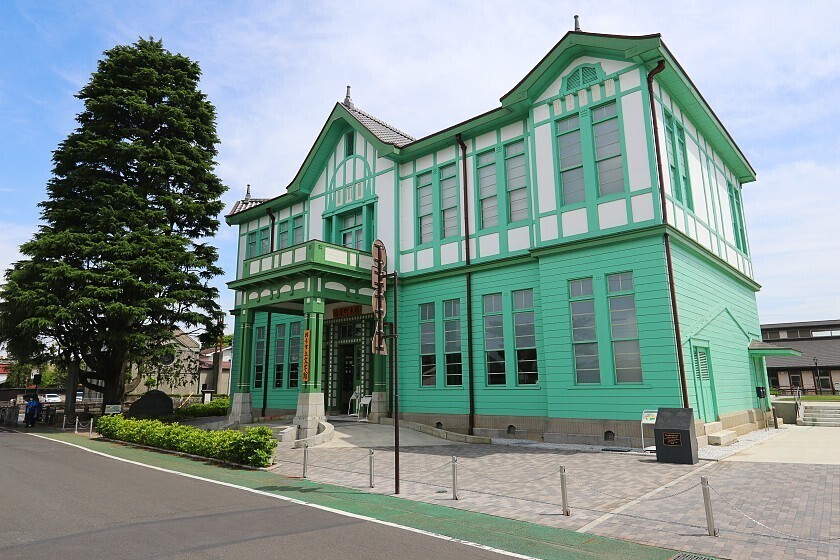
From the Art Museum, I had quite a bit of ground to cover to get to my final stop of the day at Mount Ohirasan, some four kilometers to the southwest. With a while to wait until the next bus, I set out along a pleasant if nondescript main road, passing shops and country houses on my way to the base of the mountain.
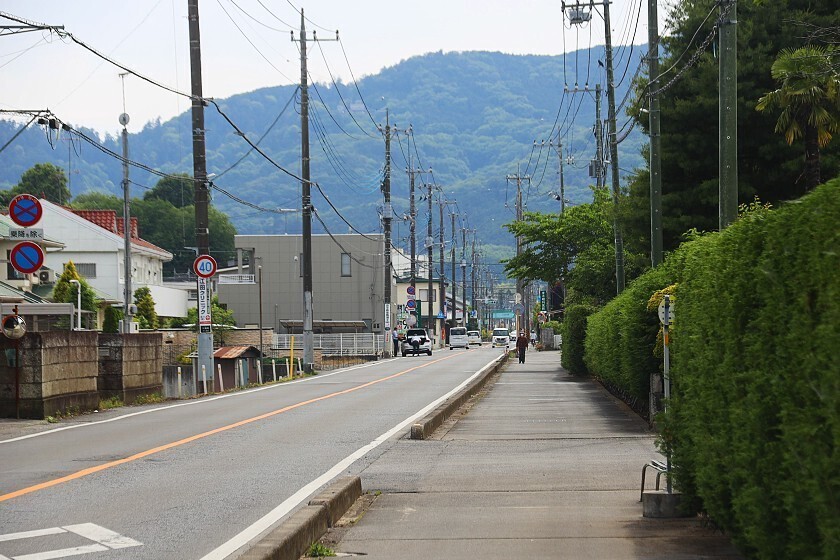
A little under 40 minutes later, I arrived at Renshoin Rokkakudo, a solitary temple building named for its distinctive hexagonal shape. Once part of a larger complex founded in the Heian Period (794-1185), the temple was closely linked with nearby Ohirasan Shrine and greatly diminished by the forcible separation of Shinto and Buddhism in 1871.
Just a few steps from the temple, a simple torii gate marks the beginning of the Ajisai Slope - one of the city's best loved sightseeing spots, leading up 1,000 stone cut steps through dense forest to the Ohirasan Shrine. Lining the path on either side are some 2,500 hydrangeas (ajisai) that wwill be dotted with heavy, bright blue flowers in late June to early July.
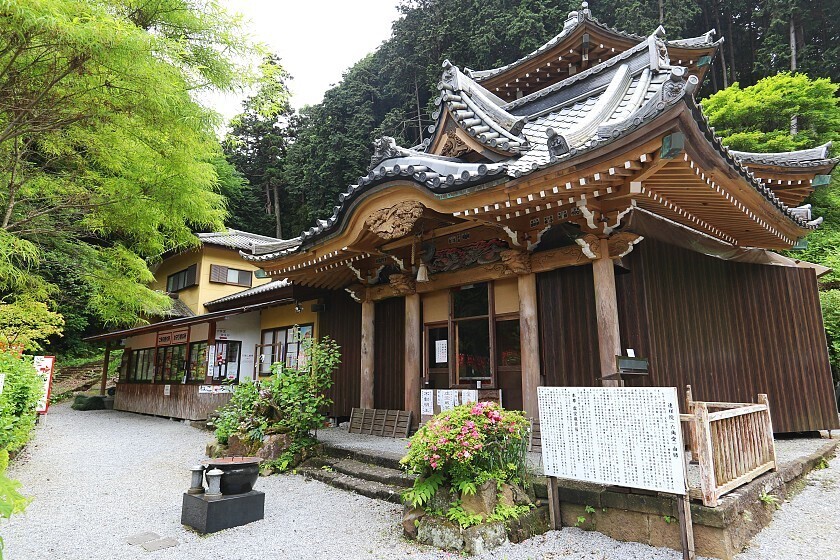
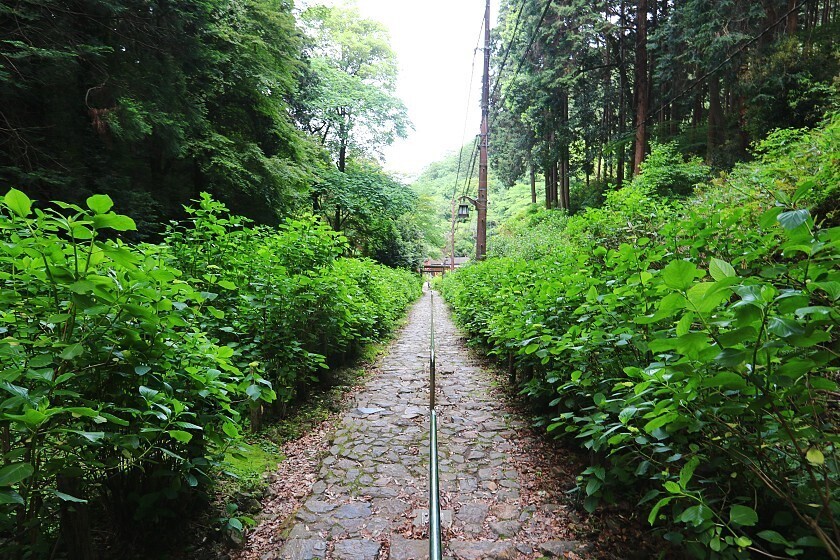
Panting in the warm, humid air, I pushed my way up the path and into the woods until I at last found myself looking up at the Zuishinmon Gate - a striking red structure built in 1723 by the 8th Tokugawa Shogun, Yoshimine. Continuing on up a final flight of stone steps, I soon arrive at an open, graveled precinct, with a series of small shrine buildings facing out over the treeline towards the southern extent of Tochigi City.
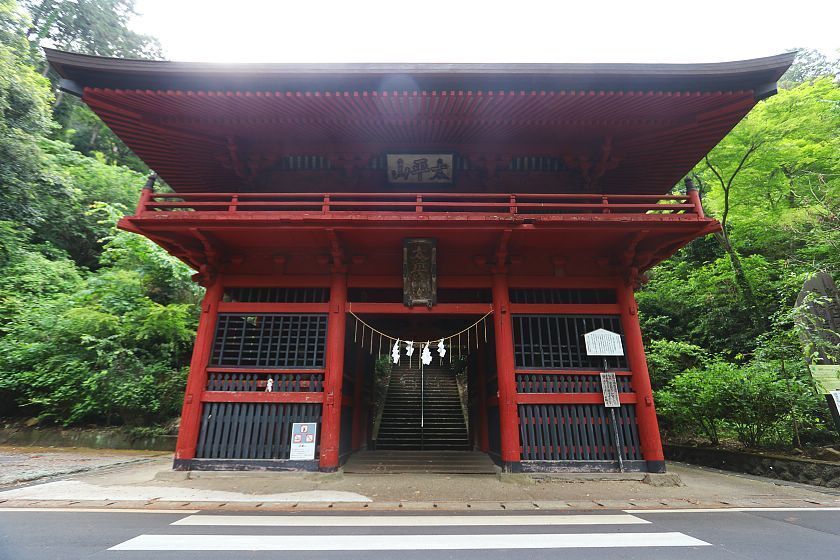
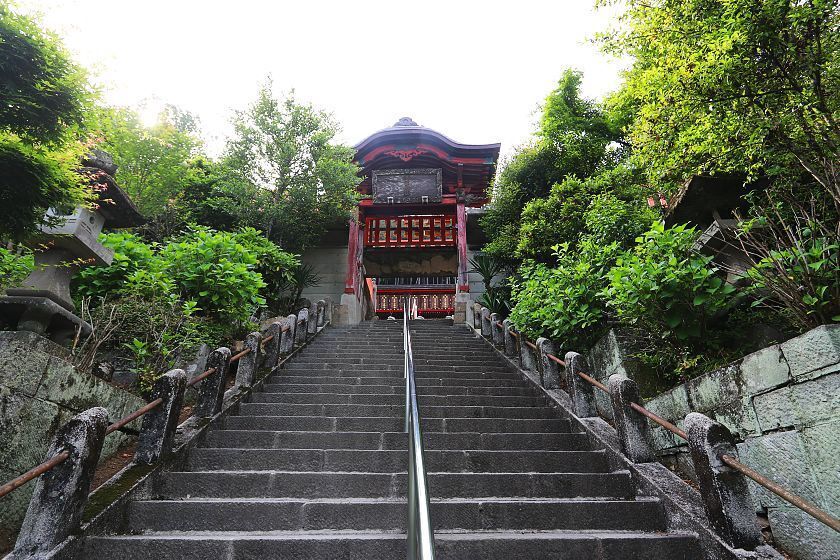
Said to have existed in some form since 827, the shrine is home to a total of 42 deities, believed to intervene in matters ranging from traffic safety to the health of family members. Much like the large gate standing a little way down the mountain side, the various shrine buildings are rather rough around the edges but pervaded with a feeling of age and dignity that is hard to put into words.
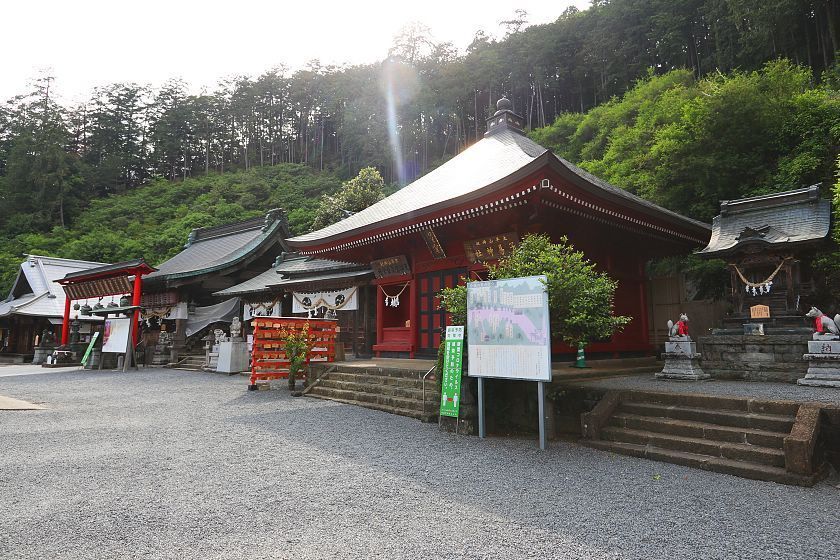
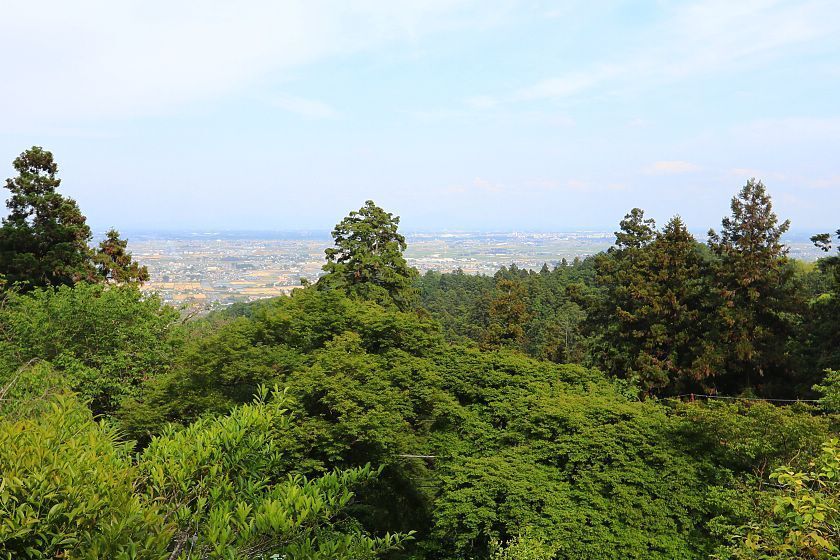
With time running short, I make my way back down the stone steps to a fork in the path, this time taking a right turn towards the Ohirasan Prefectural Nature Park. The path soon connects with a paved mountain road, which in turn leads me to a line of shops and a pleasantly shaded rest stop called the Kenshin Daira. Through an opening in the trees, I take in an incredible view over the edge of the Kanto Plain, a patchwork of fields, towns and woodland gradually disappearing into the hazy distance.
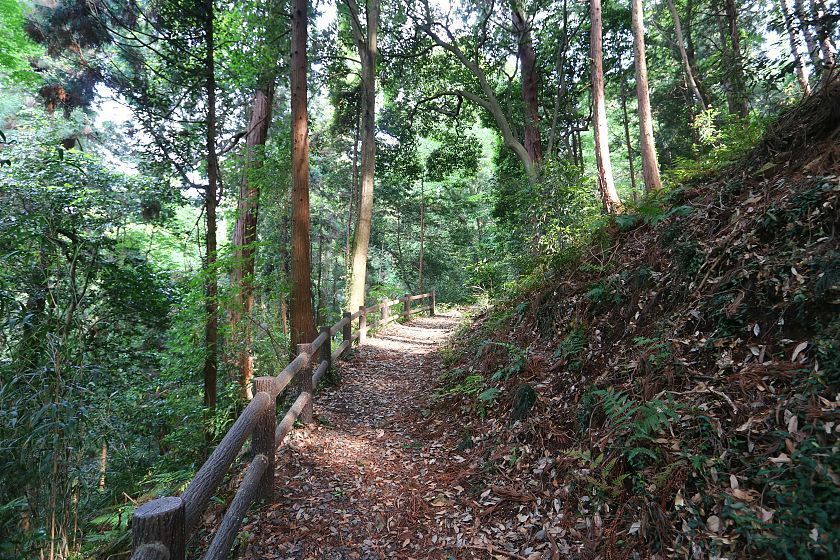
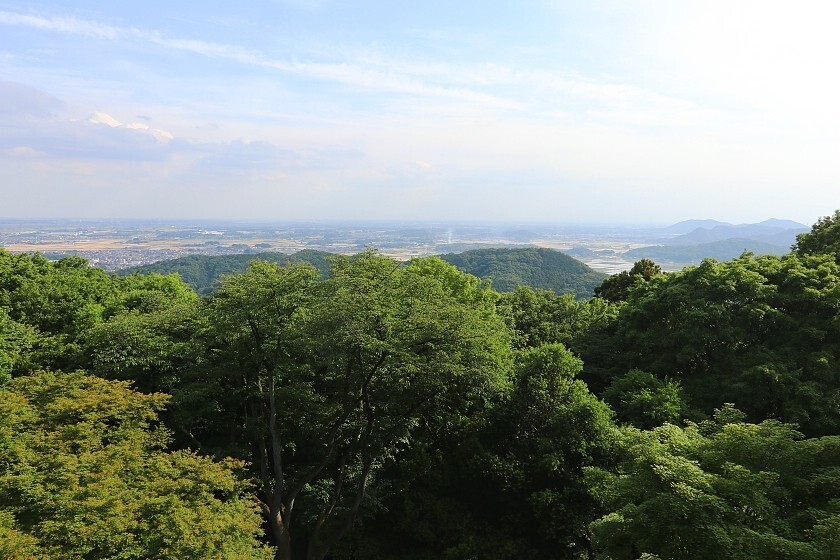
Steeling myself for a long, tired descent back down the way I came, I enjoy a few more minutes looking out over the treetops - the perfect end to another hugely rewarding day of exploration.
